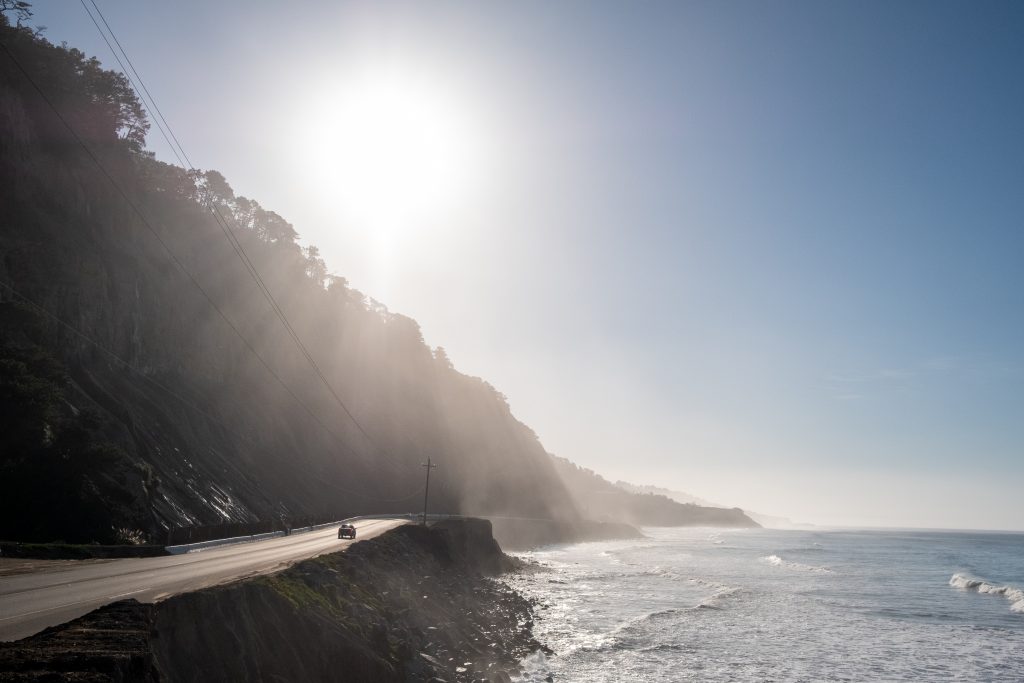Wall Painting
Industrial and commercial building painting is a specialized service aimed at protecting and enhancing the appearance of buildings used for business and manufacturing purposes. Here’s a detailed breakdown:
Purpose and Importance
- Protection:
- Prevents structural damage by shielding surfaces from elements like moisture, UV rays, and corrosion.
- Protects metal, concrete, and other materials from wear and tear due to environmental exposure.
- Aesthetic Appeal:
- Enhances the visual appeal of buildings, improving branding and perception for clients, employees, and visitors.
- Maintains a clean and professional look.
- Safety:
- Includes application of safety markings and reflective paints for better visibility.
- Anti-slip coatings on floors can prevent workplace accidents.
- Durability:
- High-quality industrial-grade paints improve the longevity of surfaces.
- Reduces maintenance costs over time.
Types of Painting in Industrial/Commercial Settings
Used in warehouses, parking lots, and production facilities.
Interior Painting:
Focuses on areas like offices, warehouses, factories, or retail spaces.
May include specialty coatings, such as anti-microbial paint in healthcare or food industries.
Exterior Painting:
Deals with facades, walls, roofs, and other external elements.
Weather-resistant coatings are commonly used.
Specialized Coatings:
Epoxy Coatings: For floors, offering durability and chemical resistance.
Fire-Resistant Coatings: Slows the spread of flames in case of fire.
Corrosion-Resistant Paints: Used on machinery, pipelines, or steel structures.
Line Striping and Safety Markings:
Used in warehouses, parking lots, and production facilities.



Key Considerations
Use of scaffolding, lifts, and sprayers for large-scale projects.
Surface Preparation:
Cleaning, sanding, or sandblasting surfaces to remove old paint, rust, and debris.
Ensures better adhesion of new coatings.
Material Selection:
Choosing paints/coatings suitable for the material (metal, concrete, wood) and environmental conditions.
Compliance:
Meeting industry standards and regulations (e.g., OSHA, EPA) for safety and environmental impact.
Weather Conditions:
Ensuring optimal conditions for exterior painting to prevent defects like bubbling or cracking.
Specialized Equipment:
Use of scaffolding, lifts, and sprayers for large-scale projects.